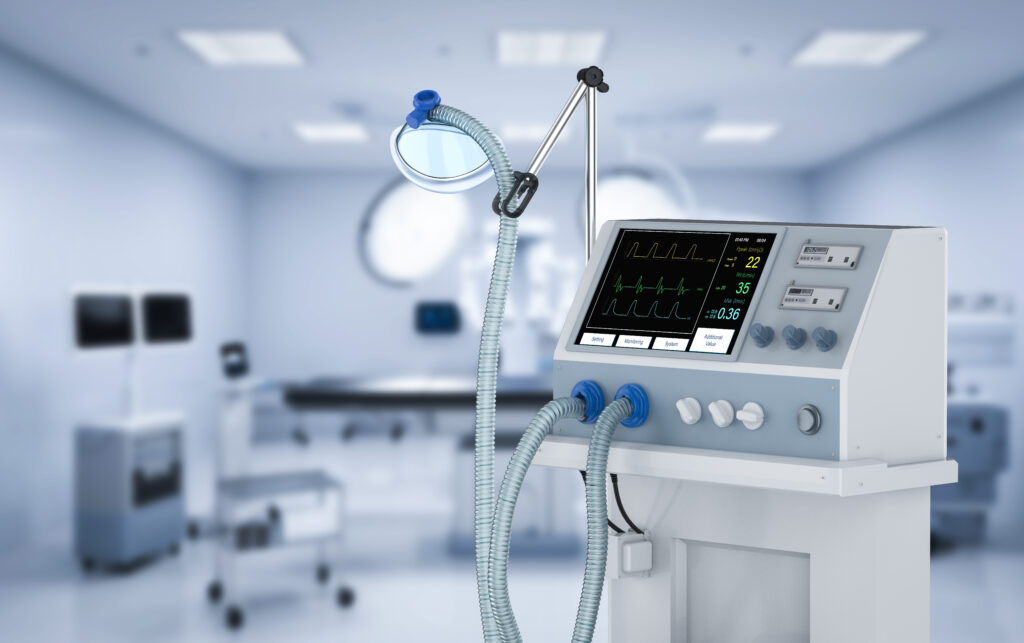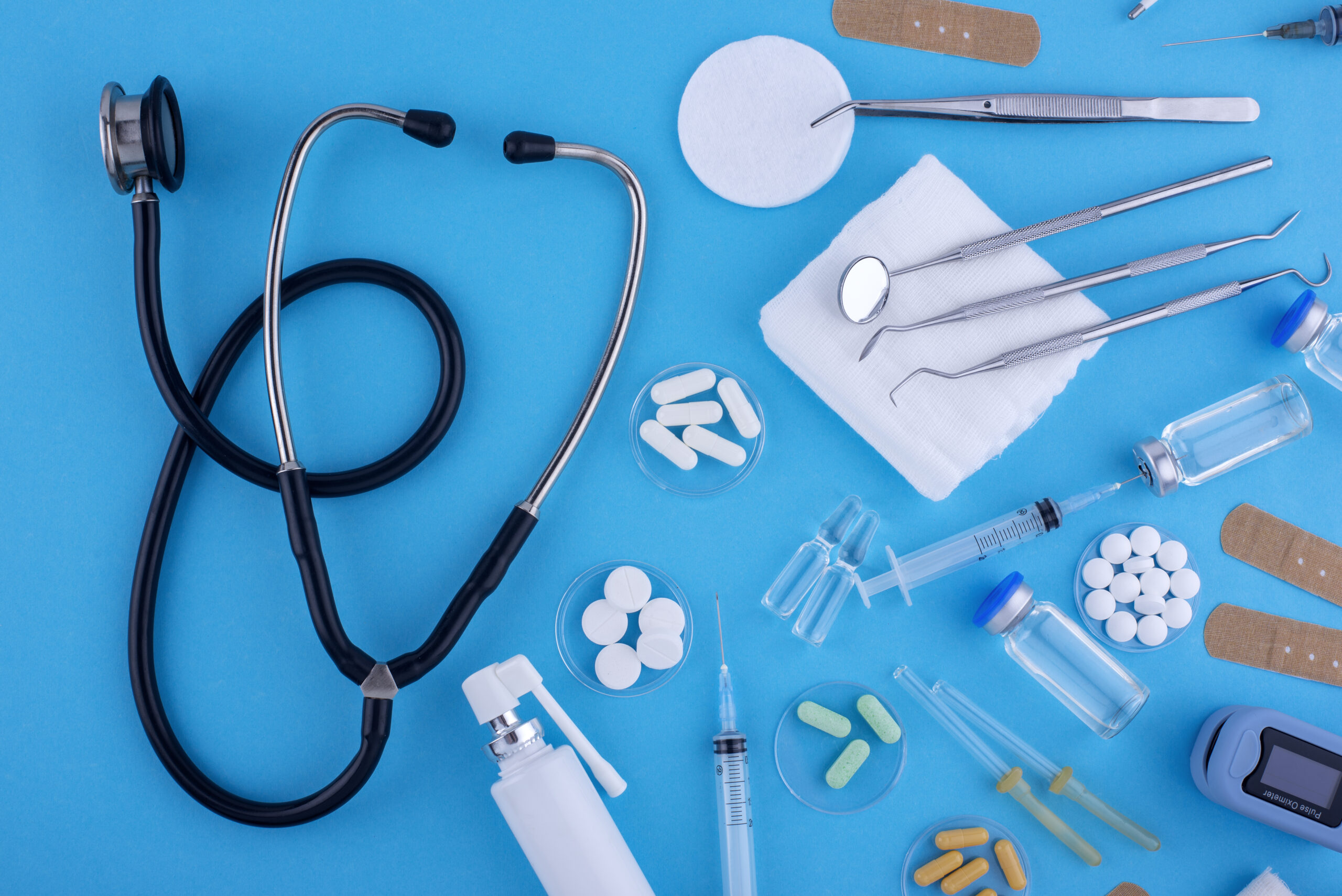Just like any new drug or treatment, even the medical devices should be tested meticulously before being submitted to the regulatory authorities for approval of the public usage. The medical device clinical trials (MDCTs) are carried out to test the safety and effectiveness of medical devices. These systematic studies shed more light on the performance and benefits of the medical devices. In this blog, we will discuss about the purpose and stages of MDCTs, difference between clinical trials and MDCTs, and more.

What is the Purpose of Medical Device Clinical Trials?
Clinical trials for medical devices are conducted to determine if the device is safe, if it is performing as it is intended to, and if it is providing the therapeutic benefits to patients. The regulatory approval and the market entry of the devices depend on the success of these trials. On an average, it takes 3 to 7 years for a medical device to reach market from the conceptual stage. But in the case of drugs, it takes 12 years on average.
Difference Between Clinical Trials and Medical Device Clinical Trials
Clinical trials and medical device clinical trials are similar only in their general purpose. However, there are a few minor differences. While drug-related clinical trials require expert healthcare professionals, MDCTs require healthcare professionals along with device technicians and if required, medical imaging staff, pathology staff, physiotherapists, psychologists, etc. Another difference is that clinical trials can enrol only patients with the targeted disease or condition but medical device clinical trials can involve both patients and healthcare providers as the focus is on how the device interacts with users.
The Classification of Medical Devices:
Medical devices are generally classified into three classes, I, II, and III, depending on their usage, invasiveness and the duration of usage.
Class I:
Medical devices that are non-invasive and pose the lowest of risk to the human body fall under this category. Examples of Class I devices include band-aid, crutches, and wheelchairs.
Class IIa:
Invasive devices that pose a low to moderate level of risk to the users belong to Class IIa category. These devices are used on the body for a minimum of 1 hour but not exceeding 30 days. Gauge dressing, hypodermic needles, and TENS devices are a few examples of Class IIa devices.
Class IIb:
Class IIb category contains the invasive devices that pose a medium to high risk to the patients. Usually applied to the body over 30 days, these medical devices should mandatorily receive clearance from regulatory authorities. A few examples include insulin pens, lung ventilators, and x-rays.
Class III:
Medical devices under this category pose the highest level of risk to patients. The invasive devices are strictly regulated and must receive regulatory clearance based on strong clinical evidence. Examples of Class III devices include heart valves, spinal stents, pacemakers, etc.
Do All Medical Devices Need Clinical Trials?
Medical device clinical trials are conducted based on the region’s regulatory board. While the trials are not required for low-risk devices in some countries, any device – from a simple adhesive bandage to prosthesis to surgical/diagnostic/monitoring equipment to advanced medical devices – should be in line with the guidelines in some.
For instance, all Class III devices are required to undergo the trials in USA. In the EU region, all Class III and Class IIb devices should be tested rigorously, while in Australia, medical devices of all classes should be complaint with the Australian Regulatory Guidelines for Medical Devices (ARGMD). Now, let’s look at the classification of medical devices.
The Stages of Medical Device Clinical Trials
While the drug development clinical trials have phases, MDCTs have stages. Similar to the pharmaceutical clinical trials, medical device clinical trials also involve human volunteers, and the sponsors of the trial should carry out preclinical testing to conclude if the device is safe enough to test on human participants with bench testing, technical testing, computer simulations, and animal trials.
Pilot/Early Feasibility/First-in-Human Stage:
The pilot stage of medical device clinical trials is a small study which involves ten to thirty participants and is conducted to gather the primary data regarding the device safety and performance in humans. This stage also helps guide device modifications and future study changes. This is the only MDCT phase that involves the same or a greater number of subjects as pharmaceutical trials.
Exploratory or Traditional Feasibility Stage:
The exploratory stage is aimed at evaluating the safety and efficacy of a device that is nearly completed. Involving just twenty to thirty subjects, this stage can help in designing the pivotal stage of the trial.
Pivotal Stage:
The pivotal stage of a MDCT is a large study that involves hundreds of participants to further reinforce the clinical safety, risks and efficacy of the medical device. The results from the statistics-driven stage are useful in obtaining the regulatory approval to market the device.
Post-market Surveillance Stage:
Once the device is released for use by the general public, it is the responsibility of the device manufacturers to monitor its long-term effectiveness, safety, and usage. This is exactly the focus of the post-market surveillance stage. The study, typically, involves thousands of subjects.
Inductive Quotient Analytics (IQA) is the right biometrics partner for your MDCT if you want your device to reach the market quickly. Our 140+ strong team of biometrics experts have an experience of handling over 100 studies and can uncover valuable insights besides ensuring integrity and quality of data. From planning to study design to regulatory submission to marketing, we have the expertise to assist you across stages and accelerate your medical device clinical trials. Talk to us at hello@inductivequotient.com or visit www.inductivequotient.com to know more.
